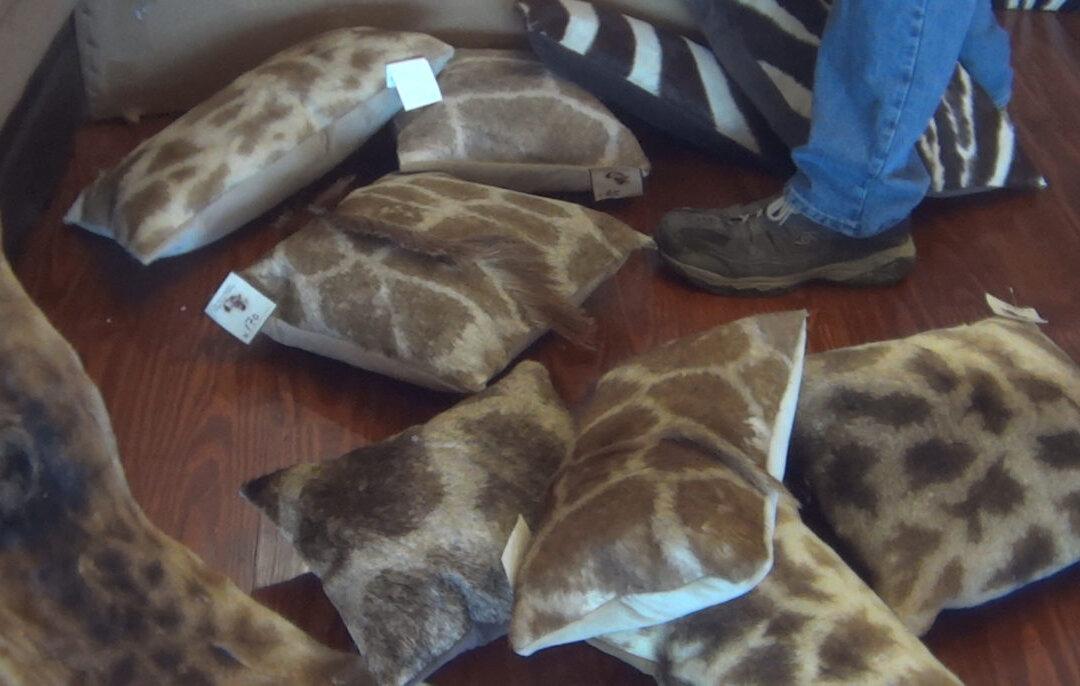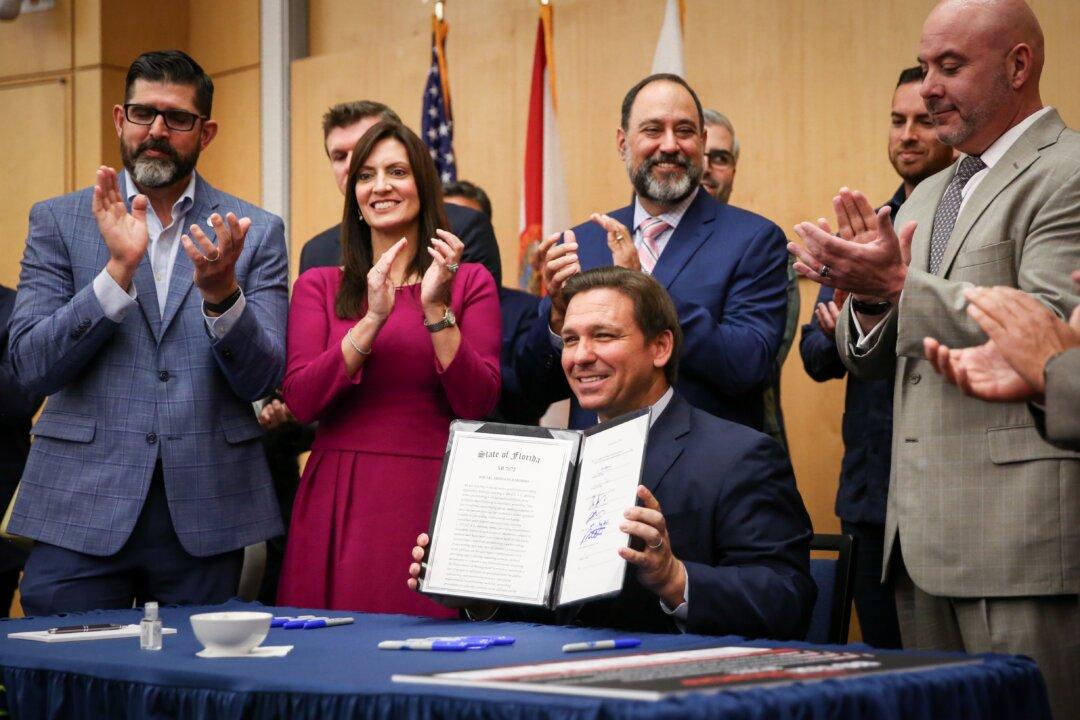Almost 40,000 giraffe parts and products that include cowboy boots, pillows, rugs, and knife or gun handles made from giraffe hides or bones were imported into the United States over the past decade, according to an undercover investigation.
The investigation, conducted by the Humane Society of the United States (HSUS), found giraffe parts being sold legally at more than 52 U.S. locations. The findings, released on Aug. 23, come amid a global decline in the population of the world’s tallest animal.





